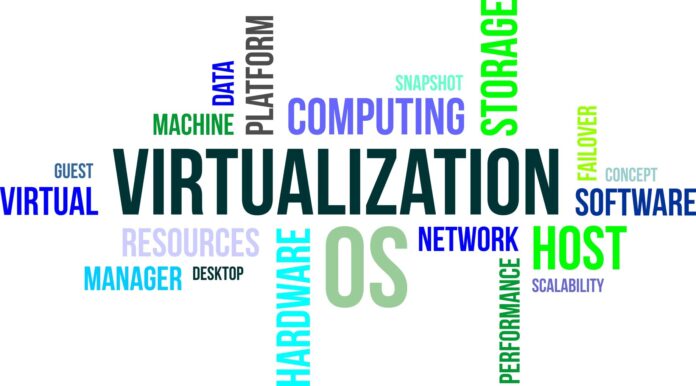Network virtualization investments often start with the EPC
Last week T-Mobile US announced it worked with Cisco to deploy the “world’s largest” virtualized evolved packet core covering some 70 million subscribers. This is part of a five-year arrangement between the two companies that speaks to the longer network virtualization journey many operators are currently on, as well as its key role in enabling long-term 5G success.
During Mobile World Congress Americas last week in Los Angeles, RCR Wireless News caught up with Jonathan Davidson, Cisco’s senior vice president and general manager of the Service Provider Networking group, to discuss the T-Mo project and larger trends around network virtualization.
“Our collaboration with T-Mo goes back a long ways,” Davidson said. “In the press release that talked about having 70 million subscribers on a virtual packet core, that doesn’t happen overnight. We are working towards a common goal and a common outcome.” He said the sheer size of this deployment demonstrates “It’s very possible to have a very scalable virtual deployment that enables the operator to move very rapidly in introducing new services in the marketplace. The legacy way of asking for a feature then waiting a year, no one can do that anymore. We have to be very agile in how we are co-developing services.”
He noted the characterization of the T-Mobile core as the “world’s largest” applies to “multiple dimensions,” including number of subscribers served, amount of virtual bandwidth and number of sites. This flexibility at scale is something T-Mobile, and all operators, need to ensure business success.
“The way we think about this is when you are able to move things to software that used to be trapped in appliances, you are able to move to a new way of developing software. In my opinion everyone is going to have to move down this path or they will be stuck delivering services at a much slower pace.”
Network virtualization beyond the core
Network virtualization is about more than the evolved packet core. RAN virtualization, although comparatively nascent, can reduce equipment costs while providing centralized management to better allocate network and spectral resources. There are several cross-industry collaborative groups currently working on developing standards to guide vRAN development.
“Opening up the interfaces of the radio network…is one area where there’s a definite need for focus,” Davidson said. He said Cisco’s efforts in vRAN collaboration “to help build an end-to-end solution for those providers who would like to have an alternative to the status quo…has been going very well. There are multiple Tier 1 providers globally who are trialling this technology.”

